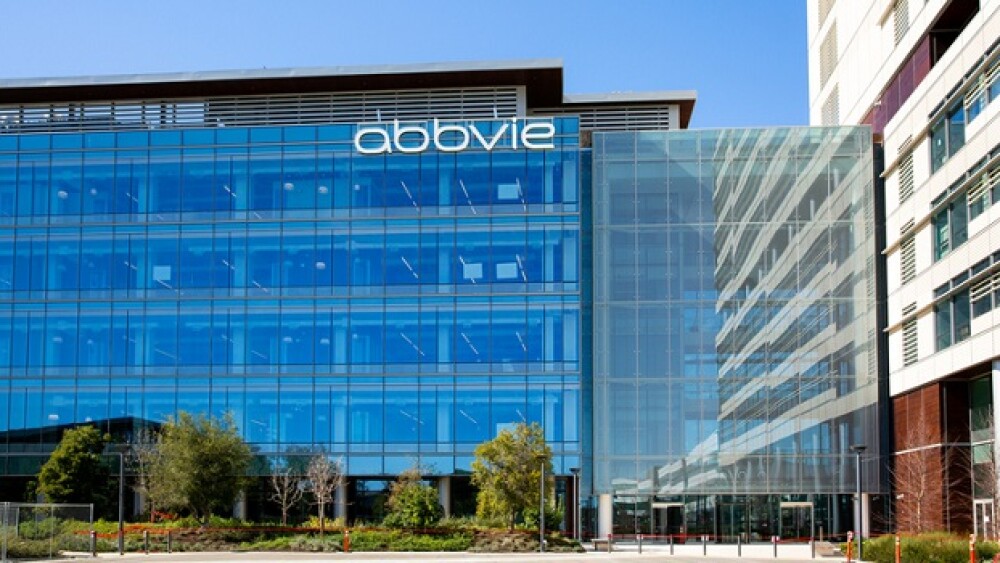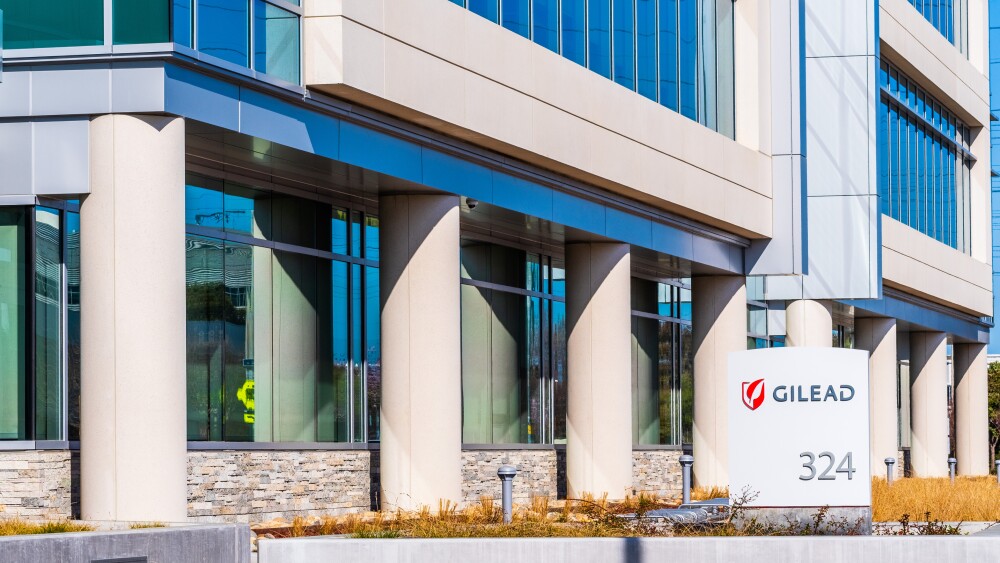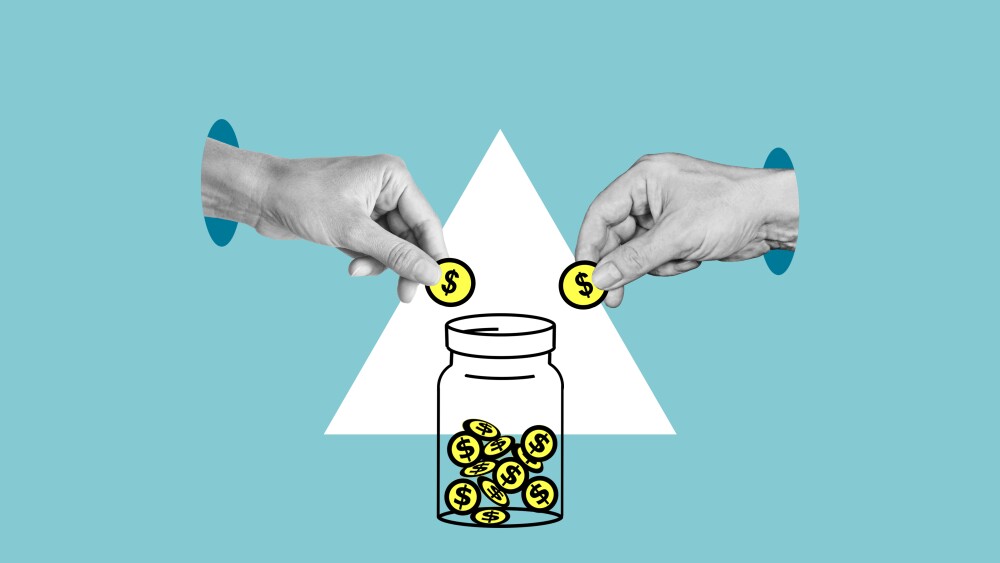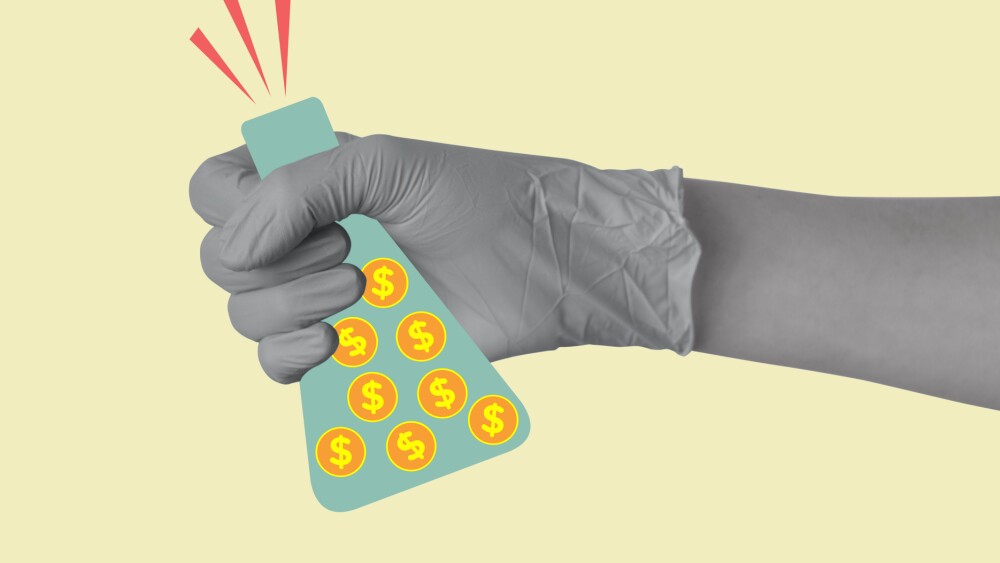ANN ARBOR, Mich., May 10 /PRNewswire-FirstCall/ -- Aastrom Biosciences, Inc. announced today that it has received a human pharmaceuticals manufacturing license, through its wholly owned subsidiary, for the production of the Company's Tissue Repair Cell (TRC) products. This is the first manufacturing license issued to Aastrom in the European Union (EU), and it enables Aastrom to produce its human cell and tissue products for clinical use in compliance with EU regulations. The newly licensed manufacturing facility was established as a collaboration at the Fraunhofer Institute for Interfacial Engineering and Biotechnology in Stuttgart, Germany.
(Logo: http://www.newscom.com/cgi-bin/prnh/20060302/NETH028LOGO )
Aastrom is currently involved in several clinical trials that use TRC- based products for tissue regeneration. The new manufacturing site will be used to expand these studies, and will serve as a pilot facility for centralized manufacturing that is a requirement of the Company's commercialization strategy. The TRC manufacturing process, including Aastrom's patented AastromReplicell(R) System, has been installed and validated at the German site, in compliance with EU Good Manufacturing Practices (EU-GMP).
"Our successful establishment of a licensed centralized manufacturing facility to produce Aastrom's TRC products for tissue regeneration is an important operational milestone in our commercial business strategy," said R. Douglas Armstrong, Ph.D., Chief Executive Officer and Chairman of Aastrom. "This authorization provides the Company with a manufacturing capability that can be used for all of our TRC products in clinical development, and demonstrates that Aastrom is successfully advancing autologous stem cell products from research toward commercialization."
This licensed European facility incorporates the Company's proprietary technologies for automated, process-controlled production of reliable, patient-specific cell-based products, overcoming what has been a hurdle in the cell-based product industry. Traditional pharmaceuticals are typically produced in a single lot, and used for many thousands of patients; this manufacturing model cannot be used for autologous cell/tissue products. Each autologous TRC product is manufactured for a specific patient. Aastrom has pioneered a scalable cell/tissue manufacturing process that aids regulatory compliance; traditional cell culture production approaches are manual and lack the advantages of Aastrom's technology. The receipt of a human pharmaceutical license for the TRC manufacturing operation is an important validation of Aastrom's technology and is a key component of the Company's business model.
About Fraunhofer IGB
The Fraunhofer Institute for Interfacial Engineering and Biotechnology IGB (Fraunhofer IGB) offers research and development solutions in the fields of health, environment and technology. Their competences are comprised of interfacial engineering and membrane technology as well as biotechnology, cell biology and bioprocess engineering. Fraunhofer IGB offers solutions from market analysis through research and development, through the finished product. Fraunhofer IGB is one of many Fraunhofer-Gesellschaft institutes, an organization that partners with private and public companies to promote innovative applied research in all fields of the engineering sciences to facilitate commercialization throughout Germany, as well as other European countries.
About Tissue Repair Cell Manufacturing
Tissue Repair Cells (TRCs) are Aastrom's proprietary mixture of large numbers of adult stromal, stem and progenitor cells derived from bone marrow. TRCs are the key technological component of Aastrom's tissue regeneration products that are produced using patented single-pass perfusion technology. The clinical procedure begins with the collection of a small sample of bone marrow from the patient's hip in an outpatient setting. TRCs are then produced in the automated AastromReplicell(R) System over a 12-day period. It has been demonstrated in the laboratory that TRCs are able to develop into different types of tissue lineages in response to inductive signals, including blood, bone, cartilage, adipose and vascular tubules. In previous clinical trials, TRCs have been shown to be safe and reliable in regenerating certain normal healthy tissues.
About Aastrom Biosciences, Inc.
Aastrom Biosciences, Inc. is developing products for the repair or regeneration of multiple human tissues, based on its proprietary Tissue Repair Cell (TRC) adult stem cell technology. Aastrom's TRC products contain large numbers of stromal, stem and progenitor cells that are produced from a small amount of bone marrow cells originating from the patient. The AastromReplicell(R) System, an industry-unique automated cell product manufacturing platform, was developed for the production of standardized, patient-specific TRC products. TRC products have been used safely in humans as a substitute for bone marrow stem cells, and are currently in clinical trials for bone grafting (long bone fractures and spine fusion) and blood vessel regeneration (diabetic limb ischemia) applications. The Company has recently reported positive interim clinical trial results for its TRCs demonstrating both the clinical safety and ability of TRCs to induce healthy new tissue growth (long bone fractures and jaw bone reconstruction). Most recently, the Company's proprietary TRCs received an Orphan Drug Designation from the U.S. Food and Drug Administration (FDA) for use in the treatment of osteonecrosis at the hip.
For more information, visit Aastrom's website at http://www.aastrom.com .
This document contains forward-looking statements, including without limitation, statements concerning planned clinical trials, product development objectives, potential advantages of TRCs, and potential product applications, which involve certain risks and uncertainties. The forward-looking statements are also identified through use of the words "can," and other words of similar meaning. Actual results may differ significantly from the expectations contained in the forward-looking statements. Among the factors that may result in differences are potential patient accrual difficulties, clinical trial results, potential product development difficulties, the effects of competitive therapies, regulatory approval requirements, the availability of financial and other resources and the allocation of resources among different potential uses. These and other significant factors are discussed in greater detail in Aastrom's Annual Report on Form 10-K and other filings with the Securities and Exchange Commission.
CONTACTS: Kris M. Maly Cameron Associates Investor Relations Department Kevin McGrath Aastrom Biosciences, Inc. Phone: (212) 245-4577 Phone: (734) 930-5777
Photo: NewsCom: http://www.newscom.com/cgi-bin/prnh/20060302/NETH028LOGOAP Archive: http://photoarchive.ap.orgPRN Photo Desk, photodesk@prnewswire.comAastrom Biosciences, Inc.CONTACT: Kris M. Maly, Investor Relations Department, Aastrom Biosciences,+1-734-930-5777; Kevin McGrath of Cameron Associates, +1-212-245-4577, forAastrom
Web site: http://www.aastrom.com/




